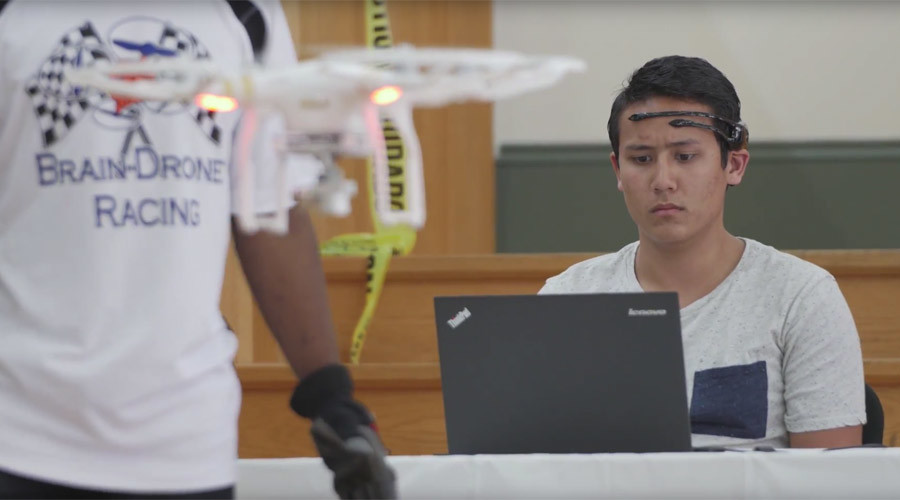Most people just use dumb passwords (see above). Other people try to come up with clever, short passwords that they can easily remember. They replace certain letters with numbers or use mixed case letters (e.g. using “P455w0rd” instead of the more common “password”). Unfortunately, most password breaking algorithms have already incorporated schemes to look for this. Maybe they’ll use information like their birthdays or addresses. That may be a little better, but not much. The key is to use longer passwords because they will be inherently more difficult to break. Think of using passphrases like this: “Lorenzo is my first name” (Lornz0izMi1stNm). Or better yet, don’t include any easily verifiable information: “The Lord of the Rings is my favorite book” (DaLrdOdRngzIzMiFavBuk).
Two-factor authentication (also known as 2FA or 2-Step Verification) is a method of confirming a user's claimed identity by utilizing a combination of two different components. These components may be something that the user knows, something that the user possesses or something that is inseparable from the user. A good example from everyday life is the withdrawing of money from a cash machine. Only the correct combination of a bank card (something that the user possesses) and a PIN (personal identification number, something that the user knows) allows the transaction to be carried out. 2FA is ineffective against modern threats, like ATM skimming, phishing, and malware etc. Two-factor authentication is a type of multi-factor authentication.
| 1. 123456 2. password 3. 12345678 4. qwerty 5. 12345 6. 123456789 7. football 8. 1234 9. 1234567 10. baseball 11. welcome 12. 1234567890 |
13. abc123 14. 111111 15. 1qaz2wsx 16. dragon 17. master 18. monkey 19. letmein 20. login 21. princess 22. qwertyuiop 23. solo 24. passw0rd 25. starwars |


